Technology has become so integrated into our lives that we increasingly experience moments where we are simultaneously engaged physically and digitally. Dubbed “phygital,” this connection between our virtual and real-life activities has become an integral part of modern eCommerce. Today, successful brands and retailers continuously strive to link offline and online shopping in creative ways to build seamless customer journeys.
This is where the term “omnichannel” enters the picture. Instead of designing experiences made exclusively for brick-and-mortar, mobile, or desktop shopping, businesses are now focused on creating holistic experiences that integrate all three areas so that customers can pick up wherever they left off. They can even use platforms like Instagram, TikTok, Facebook, and YouTube to engage their family and friends for support when shopping.
It’s important to note that while the term “omnichannel” may feel like a buzzword, it’s a retail strategy that is here to stay. Paired with eCommerce hyper-personalization and advanced data analytics, an omnichannel approach will shape the customer experience moving forward in the 21st century. So, what does this mean for your brand?
We’re going to get into the nitty-gritty of retail and eCommerce omnichannel experiences and explain how the concept differs from multichannel and omni-digital commerce. We’ll also discuss the benefits of omnichannel eCommerce, ways to build a successful omnichannel strategy, and share some of the most notable omnichannel strategies in retail today.
Omnichannel vs Multichannel vs Omni-Digital – What’s the Difference?
The concept of single-channel commerce is easy to understand, brands sell their product or services through one sales channel. The choice of platform does not matter, be it brick-and-mortar, brand website, social media, or marketplace. However, this approach is limited in ways that an omnichannel or multichannel approach is not. We’ll explore the benefits shortly, but keep in mind that the two terms, omnichannel and multichannel, are not the same, and should not be used interchangeably. Here’s a quick look at the difference:
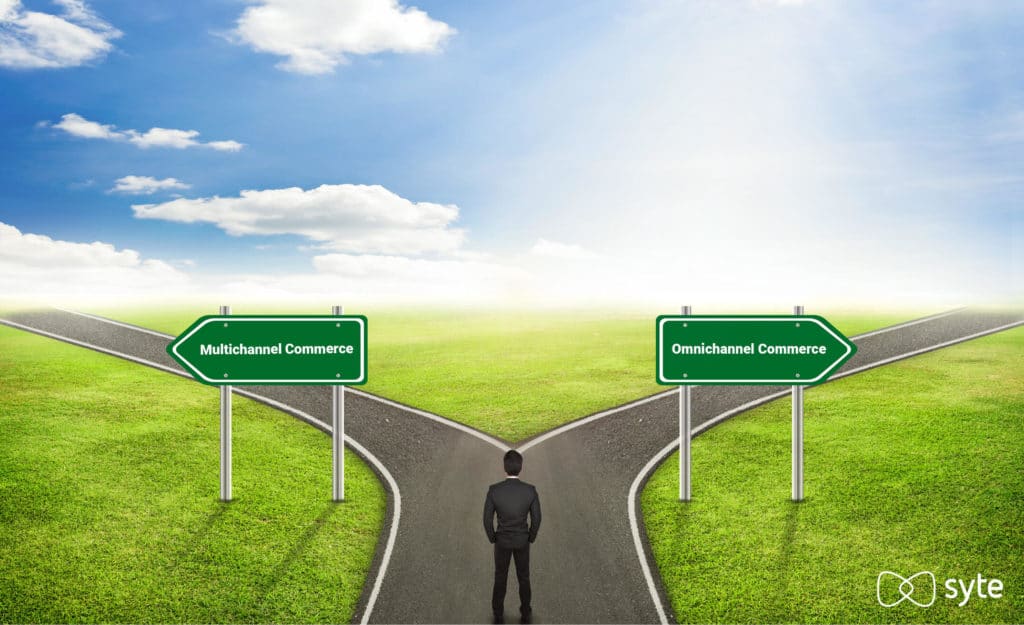
Multichannel Commerce
Save customers the time of sifting through your inventory to find the right gift. In anticipation of Mother’s Day, you can curate a collection of products that are ideal presents for moms. This can come in the form of a dedicated product listing page with discounted or promoted items, Multichannel commerce means selling your products and services to customers on multiple online and offline channels. Interactions between brands and customers can happen via the brand website, social media, or a physical store. Because shoppers find your products in several ways, your brand can connect with different types of customers.
Multichannel commerce puts the focus on brand products and services. While customers have multiple access points to products and services, the various channels are not necessarily synchronized. What typically happens is that businesses determine which channels perform the best and optimize marketing in the channels that stand out for maximum sales.
Omnichannel Commerce
Omnichannel commerce is similar to multichannel commerce in that it encompasses different channels. However, it is distinct from a multichannel approach because it integrates all of those channels. As a result, customers have a more immersive and seamless experience when moving from one channel to another.
A key differentiator here is that the omnichannel approach revolves around the customer instead of the products and services offered. Customers can make a purchase on any channel with any device, and the revenues account for all touchpoints included in their customer journey. In a way, the boundaries between marketing and sales become blurred in an omnichannel model.

What About Omni-Digital?
Omni-digital is another related but slightly different term. With omnichannel, the goal is to provide customers with the right products and promotions on the right channels – both online and offline – so that shoppers get the most value out of the experience. An omni-digital approach, on the other hand, focuses specifically on the customer experience across digital channels, but doesn’t include offline options.
Which Approach is Right for My Business?
The difference between each approach lies in the level of integration between channels and platforms. An omnichannel experience is a multichannel experience, but a multichannel approach is not an omnichannel approach. The different channels – be it your brand website, mobile app, or social media accounts, have to work together to create an omnichannel experience.
Many businesses first take a multichannel approach to engage and connect with customers before upgrading to omnichannel commerce. Customers today require more time and consideration before deciding to purchase. They often discover products and interact with brands using a mix of different channels. In fact, according to Google, 53% of shoppers say they always research before buying to ensure they’re making the best choice possible, and they use an average of six touchpoints.
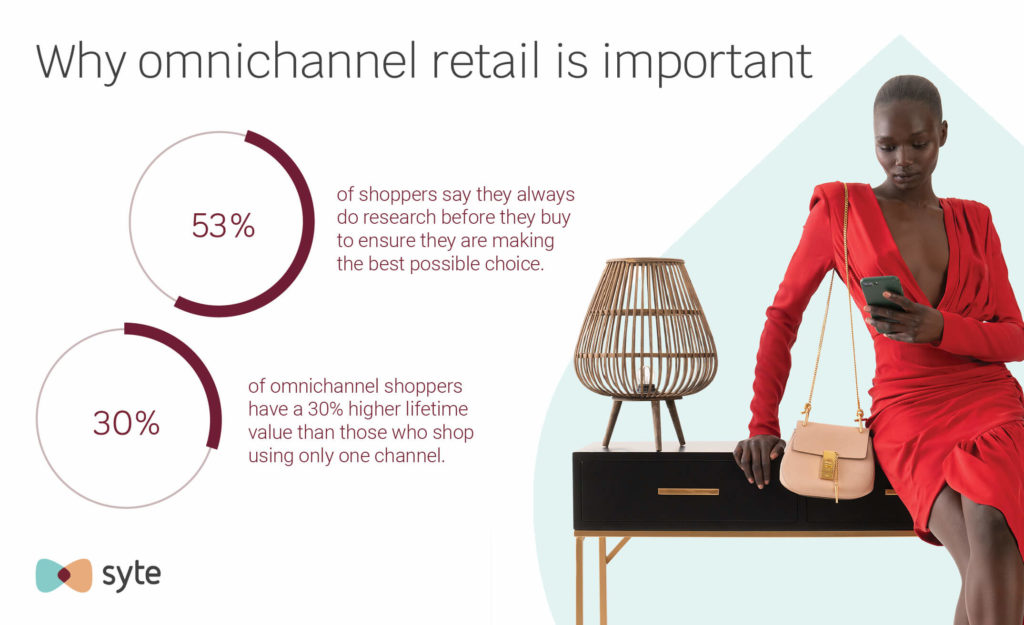
While an omnichannel approach is preferable, implementing it requires resources and flexibility. Companies will have to invest in removing silos within the organization to integrate different channels and ensure that a uniform vision and singular messaging are present throughout the organization.

While omnichannel retail typically applies to business-to-consumer (B2C) industries, business-to-business (B2B) companies can also execute an omnichannel customer experience through demos and consultations on different platforms.
By focusing on an omnichannel retail approach, your brand can ensure a seamless customer journey even when shoppers bounce from one platform to another while gathering information and inspiration to support their purchase decision. So, whether your customers are browsing your website, marketplace, mobile app, social media pages, or visiting one of your physical stores, they will still have seamless access to the same products and services.
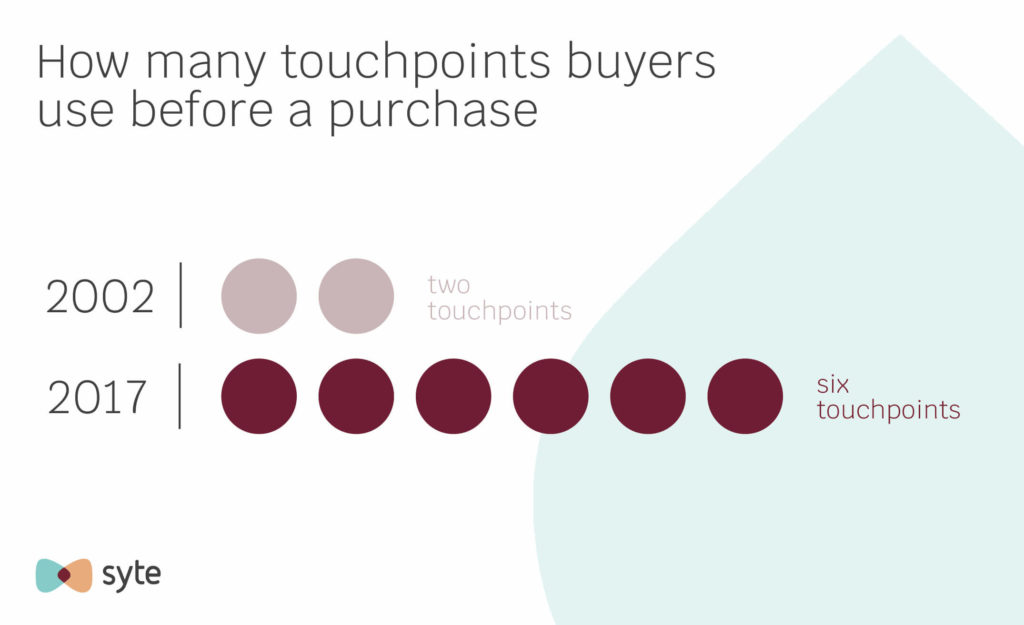
For optimal results, pair an omnichannel retail strategy with an omnichannel marketing approach and align brand messaging, objectives, and design across all of your channels and platforms. This will enable continuous customer journeys that stand out from your competition and keep shoppers’ attention and focus on your brand.
Key Benefits of Omnichannel eCommerce
An omnichannel model makes sense for most companies because it is the most holistic approach. Having a more comprehensive strategy is important for the following reasons:
Better Customer Experiences Online and Offline

With an omnichannel model in place, customers can interact with your brand in ways that are most convenient for them. Whether it’s clicking on an ad, reading an email, scrolling through social media, plugging directly into your mobile app, or interacting with in-store staff, the customer has countless touchpoints available.
Even if shoppers move across channels, they don’t have to start from scratch to finalize a purchase. They can expect a smooth, unified experience from product discovery all the way to checkout when they shop with a brand that has invested in an omnichannel retail strategy.
Increased Opportunities to Upsell and Cross-Sell
Customers can more easily find your products and services if they are available for purchase on various platforms. Integrated channels also provide more opportunities for brands to upsell and cross-sell through emails, text messages, and ads.
Omnichannel customers purchase more than online-only and store-only shoppers with consistent experiences and easy access to the information they need. They spend an average of 4% more on every shopping occasion in-store and 10% more online than single-channel customers.
Moreover, with every additional channel used, shoppers reportedly spent more in-store. For example, customers who used 4+ channels spent 9% more in-store than those who only interacted with one channel.
Enhanced Customer Loyalty and Satisfaction
Brands gain more than just revenue with an omnichannel approach – they also secure customer loyalty, which results in increased customer satisfaction and repeat transactions. In fact, omnichannel shoppers have a 30% higher lifetime value than those who shop using only one channel.
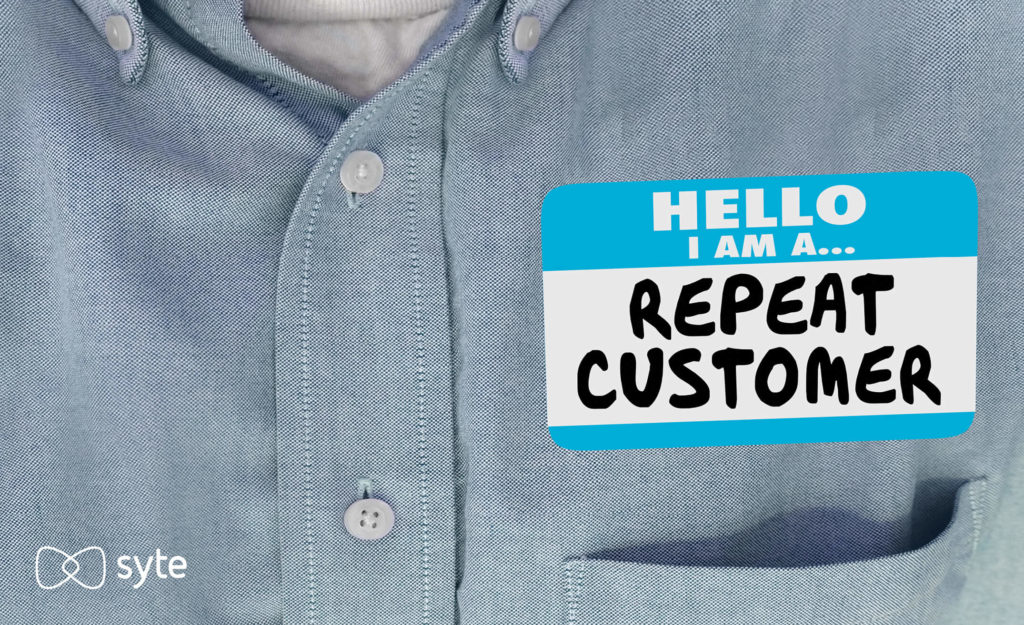
Satisfied omnichannel shoppers are also more likely to recommend a brand to their family and friends. This is crucial, as 90% of people trust recommendations from family and friends over any form of advertising. With high customer loyalty and satisfaction rates, brands can focus more of their attention on customer retention strategies, which typically cost less than acquiring new customers.
More Personalization Opportunities
Personalization is at the heart of meaningful customer experiences that stick. However, it’s impossible to create a truly tailored shopping experience for each customer without data. Omnichannel brands that can track customer behavior across different channels and touchpoints can create offers and content that best reflect the wants and needs of targeted shoppers in real-time. This results in increased traffic, engagement, and conversion in both physical stores and eCommerce platforms.
Upgraded Customer Support
Gone are the days when customers had to go to your store in person to ask questions or deal with issues from a purchase. Today, they expect to go online at any time, day or night, and find the answers they’re looking for.
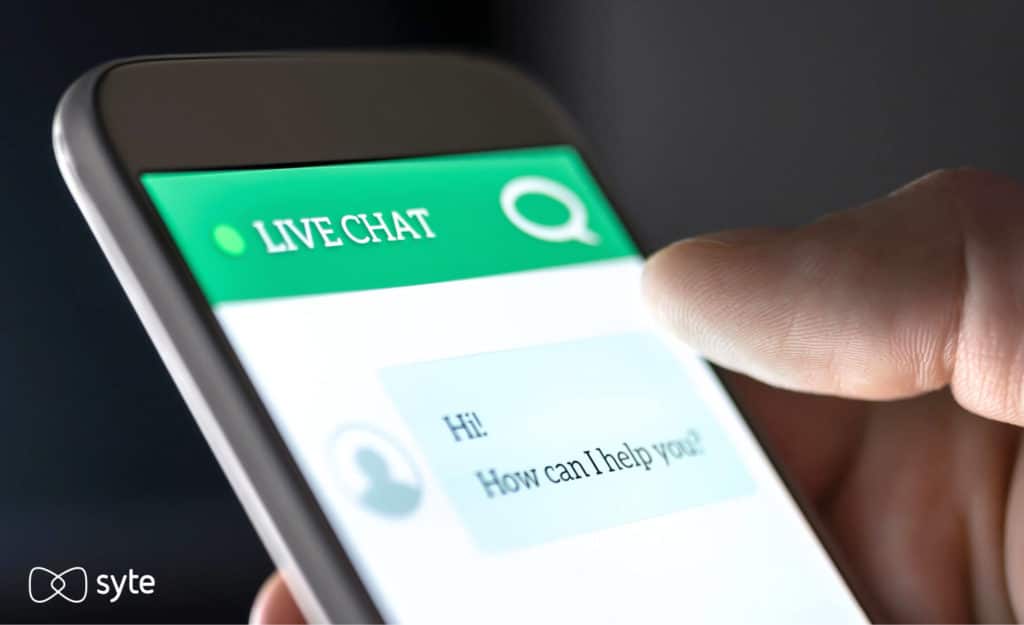
With live customer support and chatbots spread across different channels, shoppers can receive real-time assistance regardless of the platform. Good customer support is extremely important for measuring customer satisfaction. HubSpot even found that 93% of customers are more likely to make repeat purchases with companies that offer excellent customer service.
Inventory is Spread Across Channels
With an omnichannel approach, products are shared among different sales channels, which creates more opportunities and exposure. Brands also have more flexibility in selling their merchandise, as shoppers can browse online and then choose between shipping their items home or picking them up in a physical store. They can also shop for products in brick-and-mortar stores and complete the purchase online at a later time.
Brands With Stellar Omnichannel Customer Experiences
There is no one way to implement an omnichannel retail strategy, and you should customize the approach based on your company’s profile and business goals. The following examples provide some great ideas on how to carry out successful omnichannel strategies in various retail verticals.
Nike
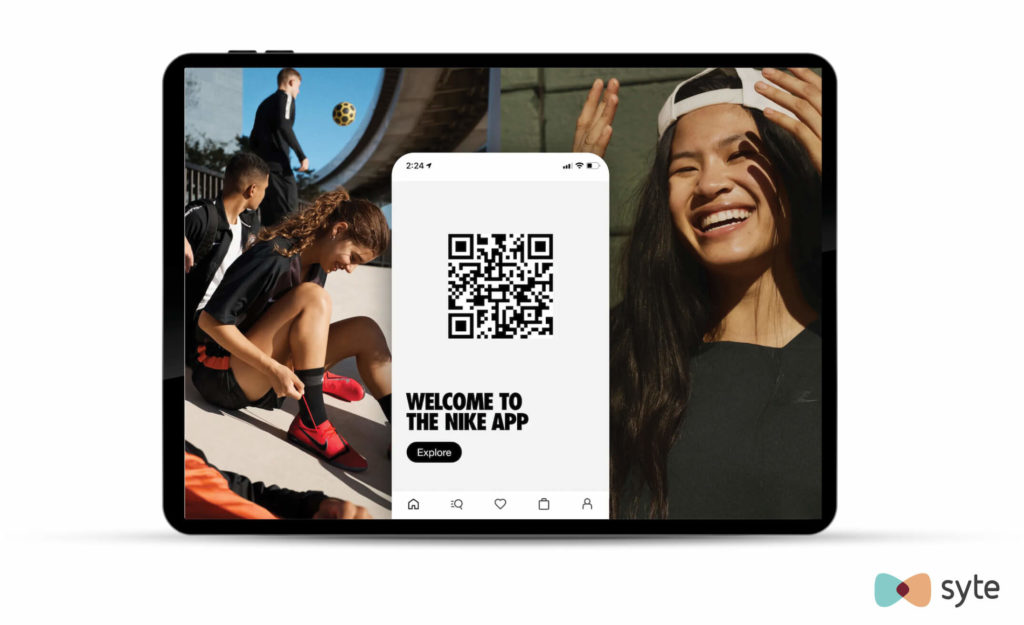
Nike created the “ultimate shopping companion” in its app, which was launched in 2018. For a truly omnichannel experience, the Nike app links its online features to physical retail experiences. Customers can check real-time product availability in their area, reserve items they want to try on in-person later, and even access secure checkout while in the store to avoid standing in line. At the same time, the app can be used to unlock exclusive promotions through Nike Member Rewards or to receive customized product recommendations that make in-store shopping easier and more fun.
Nike is also proving to be a leader in the industry, adopting NFTs and making moves towards the metaverse ahead of competitors. In 2021, the shoe giant acquired RTFKT, a company that creates virtual sneakers and collectibles and leverages AR for virtual shopping experiences. Earlier in the same year, Nike introduced Nikeland which enables users to style their personal avatar with virtual Nike products.
Disney
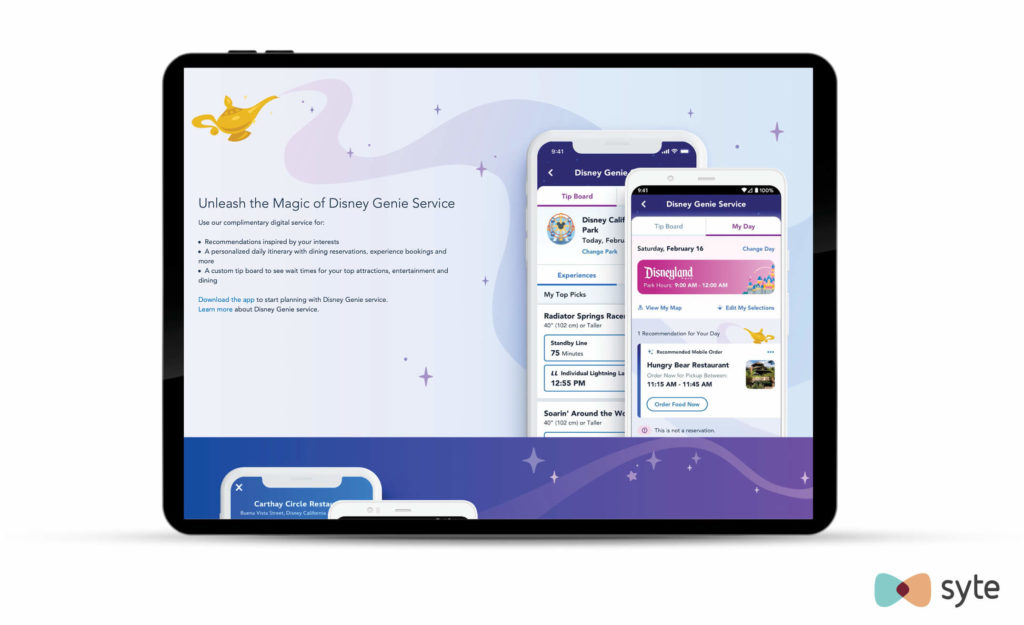
If you’re planning on visiting Disneyland, you can book tickets and map out your trip details from the palm of your hands with Disney’s mobile app. Inside the app, you can access the Disney Genie Service and My Disney Experience, practical tools for the highly organized trip taker that allow users to locate attractions, determine estimated wait times, and manage hotel and dining activities. Your tickets and photos are also synced across channels, enabling you to access them anytime and anywhere. With the Magic Band worn as a bracelet, you get additional perks such as help with navigating the park, paying for meals, accessing your hotel room, and using Fast Pass.
Sephora

Sephora has made shopping for personal care and beauty products more seamless with the introduction of its digital “Beauty Bag.” Through the program, customers can create Sephora accounts to browse store inventory and virtually try on products. After narrowing their options, shoppers have the option to add items to a wish list or purchase them through the app or in-store.
There are more experiences in Sephora stores than your typical workshops and makeovers. Through augmented reality (AR), customers are provided with interactive rooms and Color IQ technology, which enable customers to find the right cosmetics for their skin without actually physically putting on makeup. With the prolonged impact of the pandemic, this has been a feature welcomed by many shoppers.
Starbucks
At first glance, Starbucks Rewards might seem like your average customer loyalty program. You earn points with every purchase which can be used towards a complimentary drink or item. But unlike typical loyalty programs, Starbucks Rewards points can be checked and reloaded via your channel of choice – be it through the website, your phone, in-person, or on the app. When topping up your points, your account balance is updated in real-time and reflected on all channels.
Starbucks also encourages customer engagement and loyalty with its email campaigns and personalized offers. Coffee lovers can “buy one, get one free” after reaching a certain amount of points or receive birthday and holiday gifts throughout the year. The data from customer interactions is then analyzed to improve brand messaging, which results in higher satisfaction and increased revenue.
Farfetch
In 2017, Farfetch envisioned a future where online and offline experiences overlapped. The company dubbed it “augmented retail,” combining the magic of in-store experiences with that of online experiences. This vision backs up Farfetch’s Store of the Future concept, which aims to improve retail productivity by capturing customer data and enhancing human interactions. The Store of the Future is on a mission to transform shopping by anticipating customer needs and preferences.
In 2021, shoppers were able to see Farfetch’s vision in reality with the opening of Browns, its multi-luxury brand boutique. Before dropping by the store, customers can use the app to book an appointment and update their wishlists, which can be shared with a personal shopper. Once entering the store, shoppers are presented with in-store-only content. They can also explore products using technologies such as connected mirrors and AR virtual try-on tools. At checkout, customers have the choice to pay through a link sent to them. To encourage shoppers to keep coming back, there’s a garden, café, and concierge for a memorable and emotionally-driven fusion of retail and entertainment, or retailtainment.
Chipotle
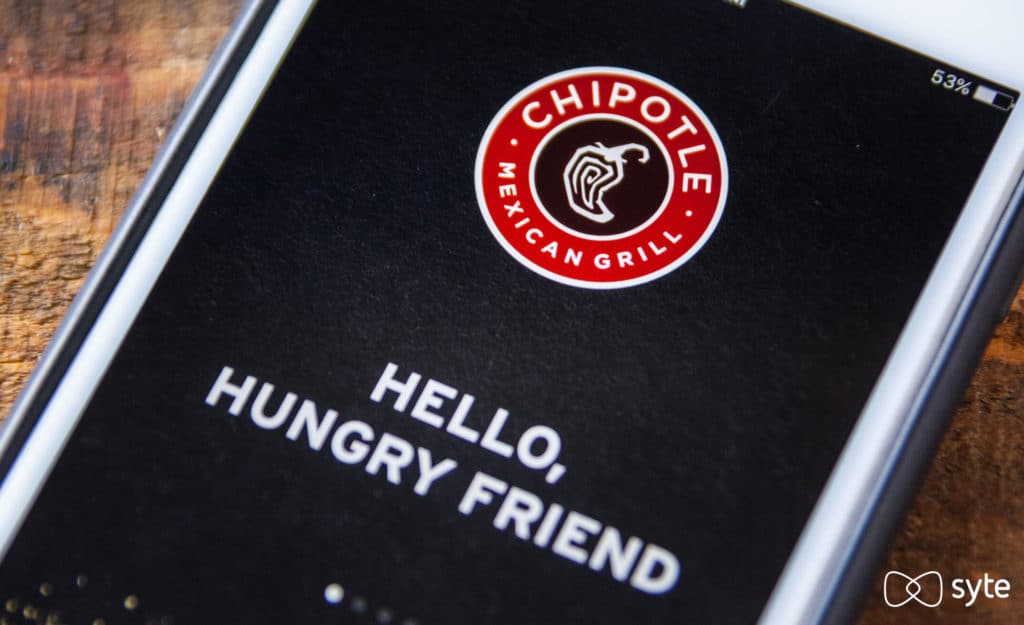
Thanks to Chipotle’s mobile app and efficient online ordering process, it doesn’t take much to quell your cravings. You can place an order whenever and wherever and pick up your food from one of Chipotle’s restaurants, or have it delivered to your address through DoorDash.
Signing up for an account makes things even more convenient. The mobile app suggests the last restaurant you placed an order at and the option to repeat previous orders. If you eat out often at Chipotle, you might also benefit from subscribing to their customer loyalty program.
Socially conscious customers will also like Chipotle’s initiative, the Real Foodprint, which allows them to track how the brand is achieving its sustainability goals.
Cartier
Cartier celebrated love in early 2022 with its “Love is All” campaign, which invited clients to join an immersive experience in Macau. The boutique is decorated with signature red Cartier boxes and filled with retailtainment experiences that let customers browse jewelry, watches, and other fine accessories.
Visitors can complement their shopping with an AR experience through their phones. A WeChat program also highlights the house’s legacy and can be used before, after, or during the trip to the boutique. Cartier Profile provides personalized product recommendations based on individual customer preferences, an interactive lighting wall game, and a karaoke box that urges visitors to sing along with the “Love is All” track.
Nine Best Practices for Building a Successful Omnichannel Strategy
Adopting an omnichannel strategy when you come from a single-channel or multichannel commerce approach takes patience, time, and resources. Follow these nine steps to launch a successful omnichannel strategy best suited to your brand
1. Find What Makes Your Customers Tick

It all begins with research and understanding your customers’ interests and needs, as well as their online and offline behavior. Think about the following questions:
- Where do your customers spend their spare time?
- Which products are they looking for and why?
- What makes your brand the best option for their needs?
- How do different types of customers find your products?
- What items are they more likely to purchase online vs. in-store?
- What is their willingness to recommend your brand to family and friends?
- When are they most inclined to purchase?
- Where do your customers begin browsing?
- At which point do they typically check out?
To get answers, you can ask your intended customers directly. This can be in the form of surveys with added incentives, social media campaigns, or customer feedback forms. You can also gain insights through data available from your existing channels. These include web traffic analytics, social media reach, email engagement, and mobile app purchases.
Tip: Use the information you gather from this step to optimize online and offline channels and reach more customers
2. Create a Smooth Mobile Experience
In 2021, 72.9% of all eCommerce sales were generated from mobile devices. When it comes to deciding which brand or retailer to buy from, 59% of shoppers said that being able to shop on mobile was a key factor in their decision-making process.
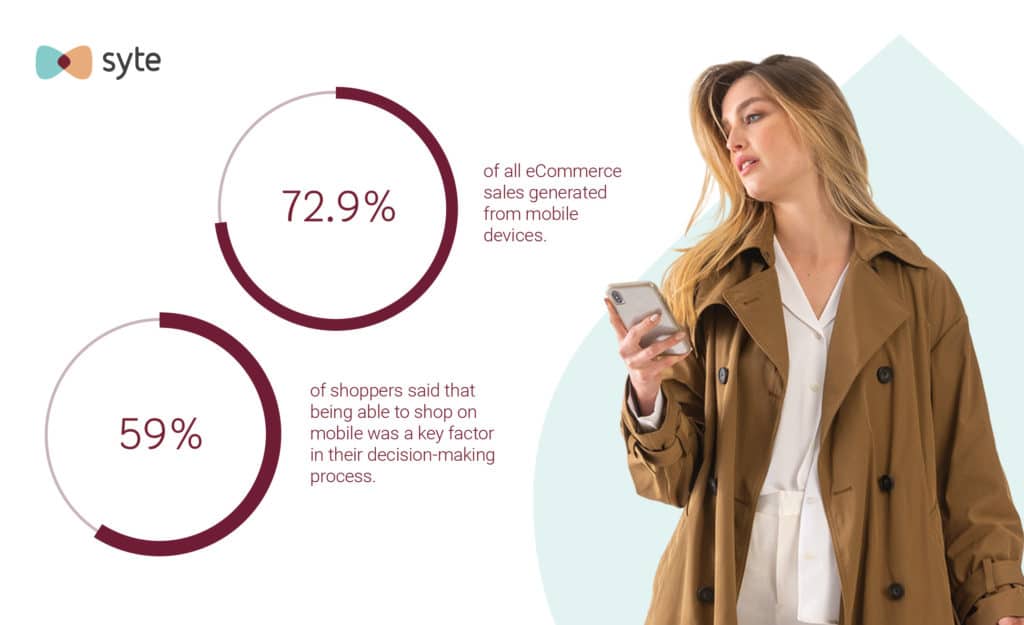
This does not mean that you must have a mobile app, although it can be ideal for certain industries and products. Instead, have a mobile commerce strategy in place and ensure that your website on mobile works just as well as your desktop experience. It should be simple to navigate and intuitive to use so that you can immediately connect customers to the products they’re seeking.
Tip: If you’re looking for ways to improve your checkout experience, take a look at this short video for five steps to keep your customers’ motivation to buy high.
3. Ensure Seamless Product Discovery
With an omnichannel approach, shoppers can discover your products anywhere. Once an item catches their attention, it’s your job to ensure their experience is frictionless through to the checkout page.
To get started, make sure:
- Product descriptions are SEO-friendly to attract traffic from external search engines
- The website includes the ability to search using an image for shoppers who can’t find the words to describe what they’re looking for
- The on-site search bar prioritizes product results that best match your shoppers’ tastes, preferences, and intent
- Social media content is aligned with your website branding and easily viewed on your site
- Your recommendation engine suggests visually similar products when an item is unavailable, as well as complementary products based on shoppers’ browsing behavior and real-time context
Tip: If you have a physical store, you can bring all these steps together with a smart mirror, effectively connecting online touchpoints with offline product discovery.
4. Prioritize Personalization
An omnichannel strategy is about more than just promoting your brand across the different touchpoints where potential customers are spending their time. It also means delivering an experience that makes customers feel understood even if they transfer from one channel to another.
Personalized experiences drive customer loyalty, and 91% of consumers say they are more likely to shop with brands that recognize, remember, and provide relevant offers and recommendations. This makes it extremely important to be invested in personalization across all of your sales channels.
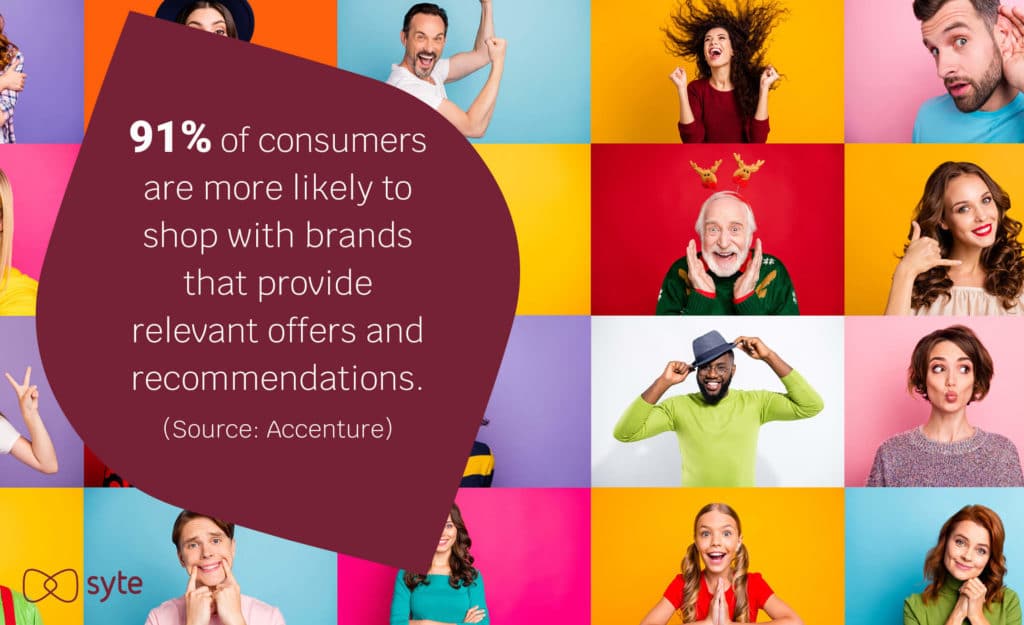
To effectively create personalized shopping journeys, you need to be able to track and monitor customer purchasing and browsing behavior. You can then use that information to more accurately inform recommendation engines, search results, and dynamic ads and emails. On the flip side, you can also make some of that information available to the shoppers themselves, including access to their browsing histories, wishlists, and preferred payment methods.
Tip: Make your customers feel valued with tailored gifts with purchase and perks for special occasions.
5. Create Relevant Content
Sharing tailored forms of content, including blogs, guides, and videos, with your target audience can drive traffic to your website and social. They encourage engagement from customers and establish authority in your industry. You can also showcase your brand’s expertise and highlight how your products are different.

Work towards becoming the go-to destination for customers who want to learn more about your industry and make it easy for them to find answers to questions they might have about the products and services you offer.
Tip: To make an omnichannel approach successful, make sure your social media posts across Instagram, TikTok, Facebook, and LinkedIn are optimized for each platform. Each of these channels will require a slightly modified version of the original content while keeping the same messaging intact.
6. Choose the Right Integration Tools
An omnichannel experience is all about integrating offline and online touchpoints. To make the transition between channels seamless, brands will have to use the right technology. Here are a few popular options to consider:
- QR codes can be used to further connect with in-store customers, redirecting them to your website for more information and additional shopping options.
- Alongside QR codes, near-field communication (NFC) and radio-frequency identification (RFID) can also support product passports that link valuable digital information such as authenticity certificates and manufacturing history to customers.
- Smart mirrors bridge the gap between online and offline experiences. Powered by AR, smart mirrors serve as virtual fitting rooms or interactive makeup mirrors that enable customers to experiment with different looks without physically trying on clothes or applying cosmetics. Visual AI, on the other hand, assesses your outfit and makes relevant recommendations to ease the shopping experience.

7. Provide Customer Support Across all Channels
Efficient customer support is integral to a successful omnichannel strategy. Customers should be able to contact your brand via phone, email, chat, social media, and any other channel where you have brand presence. The availability of different methods can help customers feel at ease when interacting with your company and facilitate trust.
Reliable customer service is a huge part of reducing friction on the customer journey. One study by American Express found that 33% of customers would consider switching companies after just one bad customer service experience, and 60% would switch after two to three instances of poor service. That’s why it’s so important to quickly and accurately respond when a customer reaches out with a question or problem, no matter the channel. Being responsive can make all the difference in retaining customers.
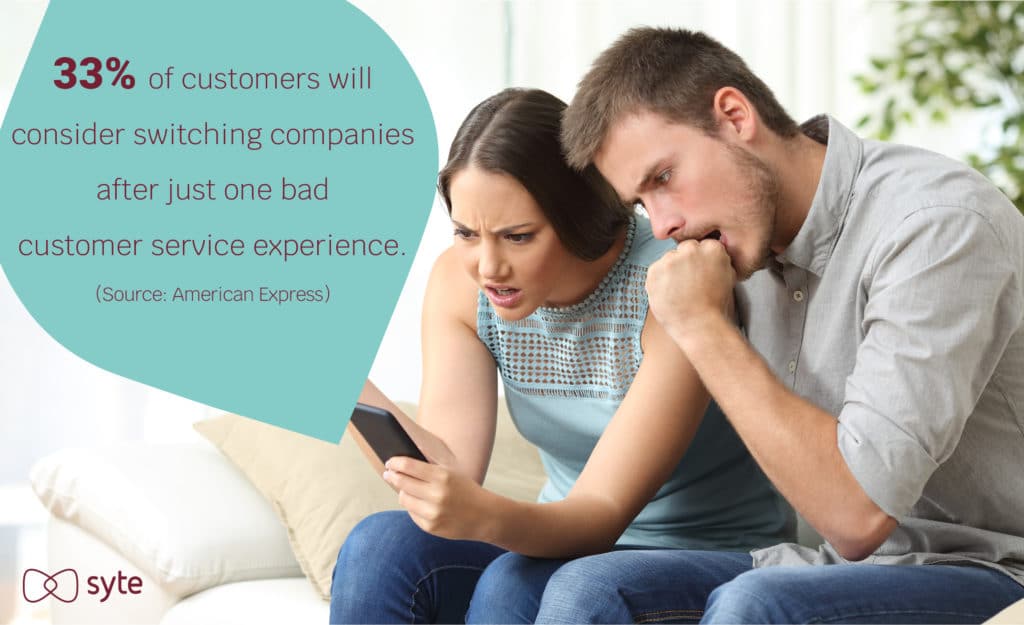
Tip: Make sure that customer support information is easy to find on your website and across physical store locations.
8. Secure Customer Data
Data privacy has been one of the top concerns for consumers in recent years, leading to laws such as the General Data Protection Regulation (GDPR) and the California Consumer Privacy Act (CCPA). This creates a tricky situation because while shoppers expect and appreciate a personalized experience, which is often based on data collection, they also want privacy and control over their data online.
Customers entrust businesses with personal and sensitive data like full names, email addresses, phone numbers, credit card numbers, and shipping addresses. It is the responsibility of the business holding that data to ensure it is not sold, leaked, or used for any unauthorized purposes.
Visual AI is one way to enhance personalization based on product data instead of personal data. This technology can unlock product search and interaction data down to the granular details of a shopper’s current browsing session without requiring them to divulge any personal information.
Tip: By shifting the focus from people to products, you can create highly individualized, context-sensitive experiences that don’t cross the line when it comes to personal data. Read more about privacy-first personalization here.
9. Implement Omnichannel Payment Processing
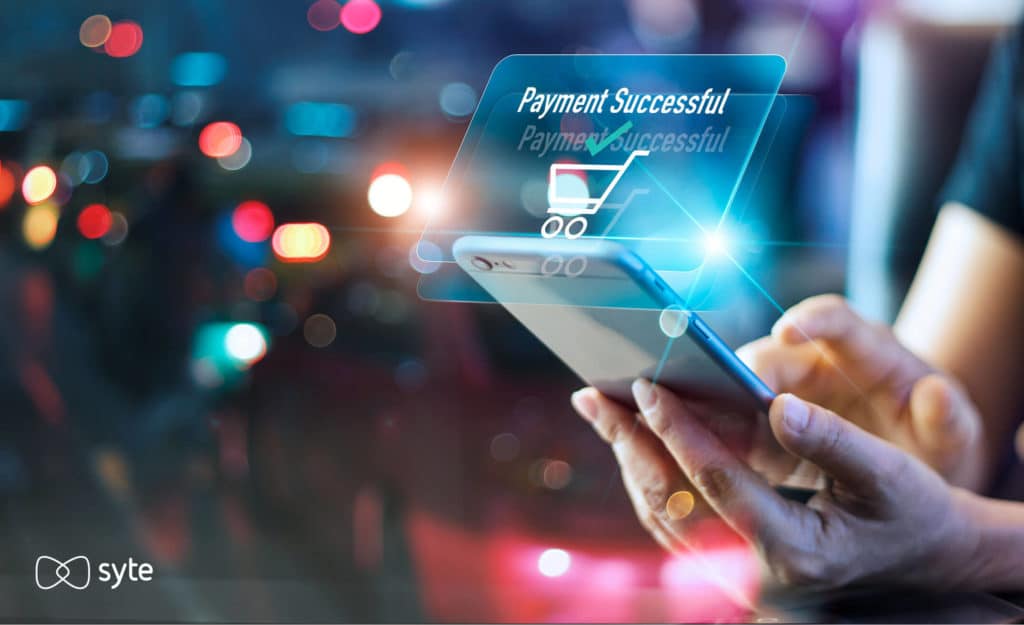
To create a truly omnichannel shopping experience, your brand should be set up to accept multiple payment methods. This can include credit and debit cards, mobile wallets, installment plans, PayPal, and payment via app, phone, or text.
Tip: Recurring billing and payment reminders should also be offered where relevant.
The Power of Omnichannel Retailing
An omnichannel approach is important now, more than ever. In 2017, Brightpearl found that an omnichannel strategy was a critical business function for 87% of retailers, with only 8% implementing it at the time. Today, it is the standard expected by customers worldwide and should be the goalpost for every brand and retailer.
By leveraging current and emerging technologies, brands that invest in creating a fully integrated omnichannel ecosystem will be positioned to deliver an immersive and flawless retail experience that will have customers coming back time and again.